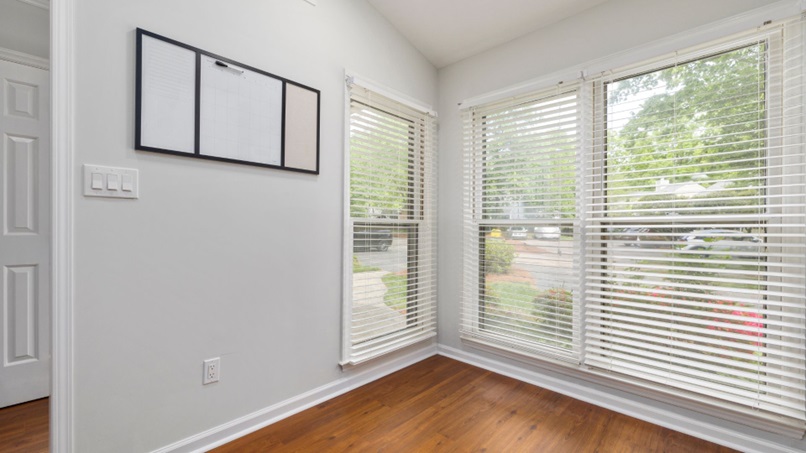Are you tired of high heating bills during the winter months? Have you noticed a decrease in your air conditioning’s effectiveness during the summer? Drafty windows may be to blame. In this article, we’ll explore how drafty windows impact your HVAC system and what you can do about it.
What are Drafty Windows?
Drafty windows occur when there is a gap between the window frame and the glass. This gap allows for air to flow in and out of your home, creating drafts that can make your living space uncomfortable. Drafts can also lead to higher energy bills as your HVAC system works harder to maintain a consistent temperature. Basically, anything and everything that affects the air pressure in your house will affect how hard your HVAC system has to work.
How Do Drafty Windows Affect Your HVAC System?
When drafts enter your home through poorly sealed windows, they create an extra load on your HVAC system. During the winter months, cold air enters through these gaps, causing the temperature inside to drop. Your heating system has to work harder to maintain a comfortable temperature, resulting in increased energy consumption and higher heating bills.
In addition to increased energy costs, drafty windows can also cause uneven temperatures throughout your home. Rooms near drafty windows may be significantly colder or hotter than other areas of the house. This inconsistency can make it challenging to maintain a comfortable living environment. However, if you do face the issue, then get in touch with a technician for AC repair in Atlanta as soon as possible, as well as get the windows fixed so you can maintain your desired temperature without any issues.
What Can You Do About Drafty Windows?
Fortunately, there are several ways you can address drafty windows and reduce their impact on your HVAC system:
- Caulk around window frames: Caulking is an affordable way to fill gaps around window frames and prevent drafts from entering your home.
- Weatherstripping: Weatherstripping involves adding strips of material around doors and windows’ edges to seal gaps and prevent drafts from entering.
- Replace old windows: If you have older single-pane windows with significant gaps between the frame and glass pane(s), consider upgrading them with new double-pane or triple-pane replacement windows that provide better insulation against outside temperatures.
- Add window coverings: Blinds or curtains can help block drafts from coming through gaps in the window frame while also providing additional insulation against outside temperatures.
To Conclude
While drafty windows may seem like a minor inconvenience at first glance, they can have a significant impact on both comfort levels in your home and energy costs associated with running an HVAC system year-round. By taking steps such as caulking around window frames or replacing old single-pane windows with more modern double-paned options, homeowners can improve their homes’ thermal efficiency while saving money on utility bills over time. Thank you for reading!

